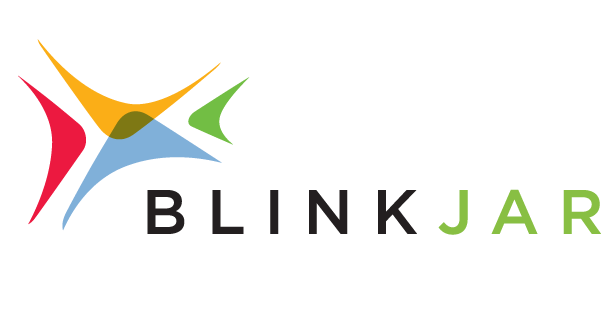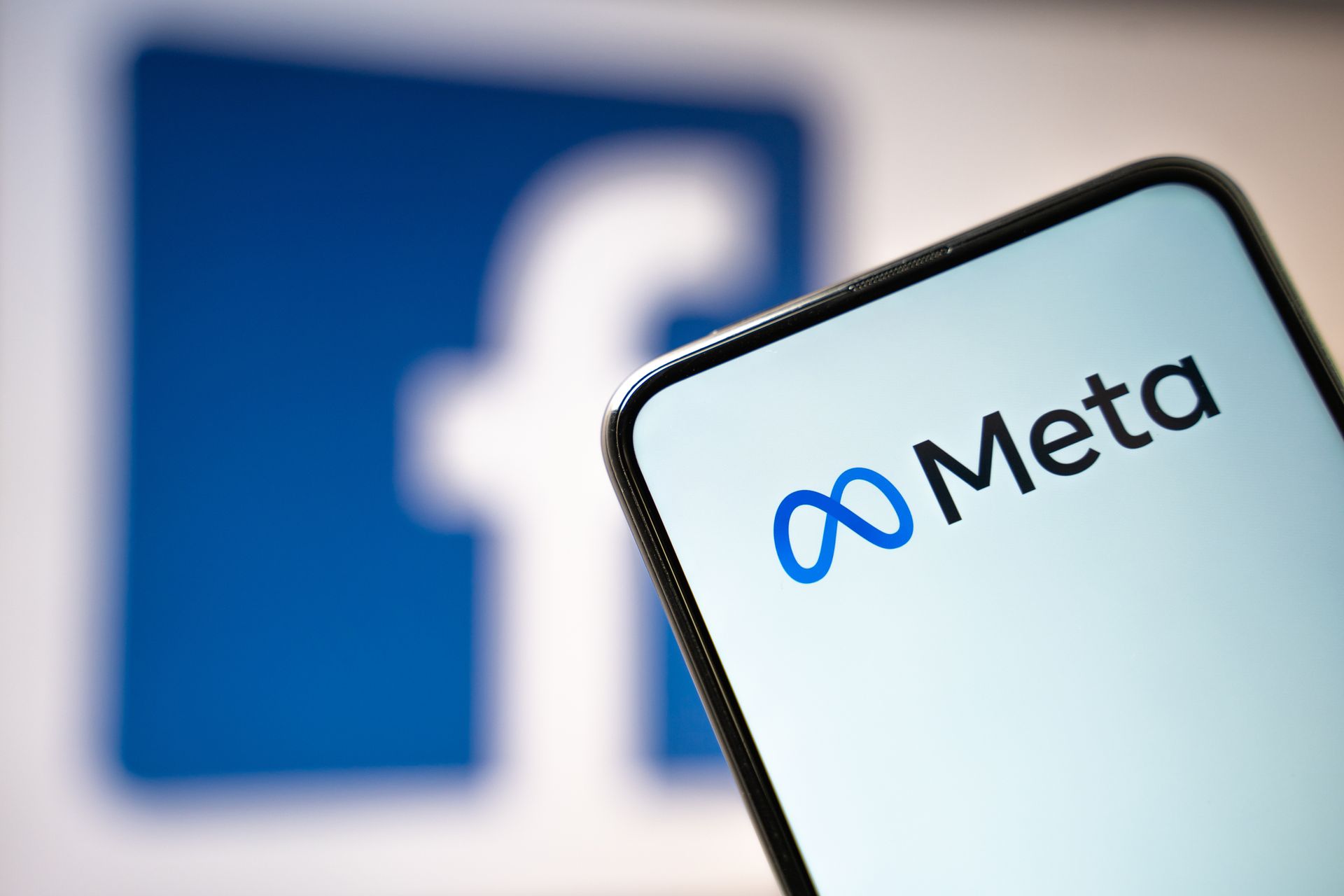The ABC’s of Digital Marketing: A Baton Rouge Ad Agency’s Web Glossary
If you’ve ever sat in a meeting focused on your website or your digital marketing efforts you’ve likely noticed that there are enough terms, buzzwords, and jargon to make you dizzy. Wrapping your head around this lingo can be a challenge. The value behind these metrics and the definitions behind their terminology is critical to your overall strategy; however you need to not only know what each term means, you need to understand the trends, goals, and impact of each measureable.
So, for this very reason we’ve put together an easy-to-use, easier-to-understand glossary of some common website and web marketing terms.
What Does Bounce Rate Mean?
The bounce rate of your website refers to the percentage of visitors that leave your site after only visiting one page. Ideally, your site will be organized in a way with enough content offers to encourage visitors to see more, and visit more pages.
What is Anchor Text?
Anchor text is the non-URL text that is displayed in a hyperlink. Strategic selection of anchor text can have both, SEO and user experience benefits.
What are H-Tags?
H-tags, or header tags are page elements that represent different levels of headings in HTML. For SEO and user experience, these tags should include related keywords.
What is an Iframe?
Iframes are HTML devices that allow 2 or more websites to be displayed simultaneously on the same page.
What is an Inbound Link?
An inbound link is a link from another website that directs back to yours. These are also called backlinks. Inbound links are a major component of SEO. They are used by search engine algorithms to determine the quality and authority of your site.
What are Keywords?
Keywords are terms that people type into search engines to find information. Your website can be optimized around specific keywords so that you can be found when people search for them.
What is a Landing Page?
A landing page is a stand-alone page on your site that is a specific destination for a visitor after they take a certain action. Landing pages are designed and intended for distinct purposes, most commonly conversions.
What is a SERP?
SERP stands for Search Engine Results Page.
What is a 301 Redirect?
A 301 Redirect is a code that means “permanently moved”. It is used to point browsers and web crawling elements to the correct location of a renamed or missing URL.
What is a 404 Error?
A 404 Error stands for “File not found”. This happens when a user attempts to access a URL that has been renamed, moved, or deleted.
Hopefully having the definitions of these 10 common terms and phrases will make your next web meeting and metrics report a little easier. BlinkJar Media is an inbound marketing agency based in Baton Rouge, Louisiana. In addition to content and social media marketing, BlinkJar also provides design, development, SEO, and traditional advertising services.









